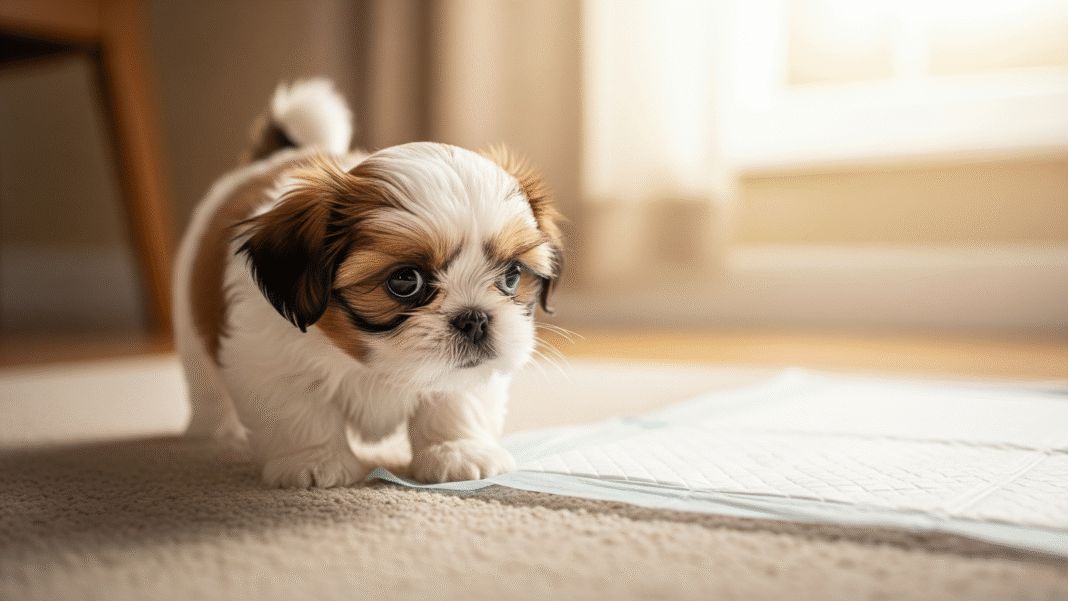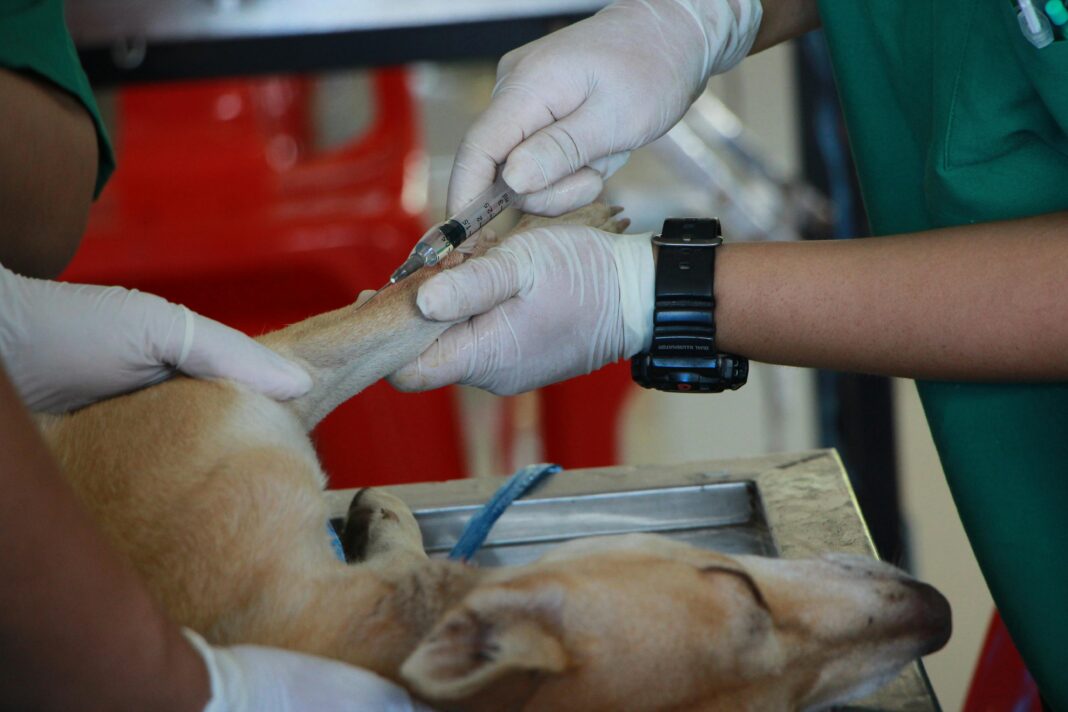Bringing a puppy into your home is an exciting adventure, but housebreaking can be one of the most daunting tasks for any pet owner. With patience and the right approach, you can successfully train your furry friend to eliminate outside. In this guide, we’ll cover everything you need to know about housebreaking your puppy, from the necessary tools to a timeline for success.
Understanding the Basics of Housebreaking
Housebreaking, or potty training, is a necessary process that helps teach your puppy where to relieve themselves. It typically begins when they’re around 8 weeks old, though some breeds may take longer to train than others.
Why Is Housebreaking Important?
Housebreaking is essential for several reasons:
-
- Hygiene: A properly housebroken puppy helps maintain cleanliness in your home.
-
- Bonding: Training your puppy strengthens your bond and builds trust.
-
- Behavioral Development: Proper potty habits contribute to a well-adjusted pet.
Supplies You’ll Need
Before diving into training, make sure you have the right tools:
-
- Crate: A safe space that can help with confinement when you cannot supervise your puppy.
- Leash and Collar: Essential for taking your puppy outside.
- Pee Pads or Newspapers: Useful for indoor training or bad weather days.
- Enzyme Cleaner: For cleaning up accidents to eliminate odors and discourage repeat offenses.
- Treats: Small, tasty rewards will reinforce positive behavior.
Housebreaking Techniques
1. Establish a Routine
Puppies thrive on routine. Set specific times for feeding, playtime, and bathroom breaks. Typically, you should take your puppy outside:
-
- First thing in the morning
-
- After meals
-
- After playtime
-
- Before bed
2. Watch for Signs
Learn to recognize the signs that your puppy needs to go out, including:
-
- Circling
-
- Sniffing the ground
-
- Whining or barking
-
- Restlessness
3. Use a Command
Introduce a specific command or phrase when you take your puppy outside, such as “Go potty.” This helps your puppy associate the command with the action over time.
4. Reward Good Behavior
Every time your puppy goes potty outside, shower them with praise and a small treat. This positive reinforcement will encourage them to repeat the behavior.
The Crate Training Method
Crate training is one of the most effective ways to housebreak your puppy. Here’s how to do it effectively:
Step-by-step Crate Training
-
- Introduce the Crate: Make it inviting with a comfy bed and toys. Allow your puppy to explore the crate freely.
- Gradual Confinement: Start by keeping them in the crate for short periods while you’re home.
- Create a Schedule: Take your puppy out immediately after they come out of the crate.
- Increase Time Gradually: As your puppy gets used to the crate, slowly increase the duration of confinement.
Important Considerations for Crate Training
-
- Never use the crate as punishment. It should be a safe haven for your puppy.
-
- Limit crate time: Puppies can hold their bladders for 1 hour for every month of age plus one. For example, a 3-month-old can hold it for about 4 hours.
Common Challenges and Solutions
Accidents Happen
Even the best-trained puppies will have accidents. Here are a few tips for handling them:
-
- Remain Calm: Getting upset will only confuse your puppy.
-
- Clean Up Thoroughly: Use enzyme cleaners to fully eliminate odors.
-
- Limit Access: If accidents are frequent in certain areas, limit your puppy’s access to those spots until they’re trained.
Nighttime Challenges
Many puppies struggle with nighttime potty breaks. To help, consider the following:
-
- Limit water intake before bed: Take away food and water a couple of hours before bedtime.
-
- Set a Nighttime Routine: Take your puppy out right before bed.
Timeline for Success
Housebreaking is not instantaneous; it often takes several weeks to months. Here’s what to expect:
-
- Weeks 1-2: Establish routine and begin to recognize signs.
-
- Weeks 3-4: Your puppy may start having fewer accidents.
-
- Weeks 5-8: Most puppies will be significantly trained, typically with fewer than 1-2 accidents per week.
-
- After 8 Weeks: Many pups will be fully housebroken, though some may still need occasional reminders.
Additional Tips for Successful Housebreaking
-
- Stay Consistent: Consistency is key. Everyone in the household should use the same commands and rules.
- Be Patient: Every puppy learns at their own pace. Avoid rushing the process.
- Seek Help if Needed: If attempts are unsuccessful after several weeks, consult a professional dog trainer.
Maintaining Good Bathroom Habits
Even after housebreaking, keep these strategies in mind to reinforce good habits:
-
- Continue regular potty breaks, especially after meals or playtime.
-
- Monitor your puppy’s health closely; changes in bathroom habits can indicate medical issues.
Training your puppy to be housebroken is a journey filled with ups and downs. However, with the right tools, techniques, and a bit of patience, you can ensure that your puppy becomes a valued member of the family with impeccable bathroom manners!





